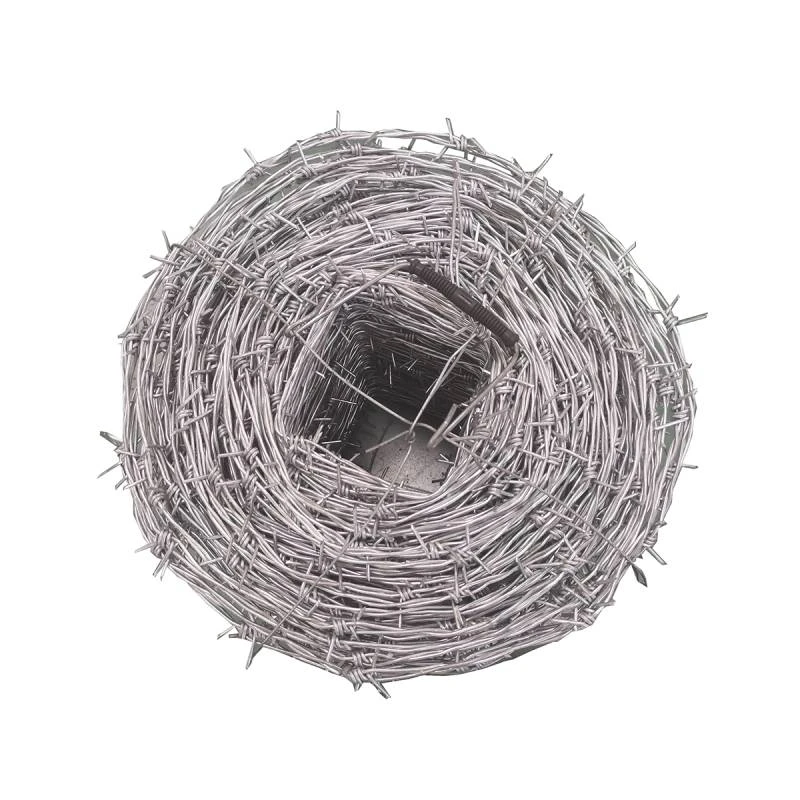Twisted Metal Strands Creating Boundaries and Security in the Modern World
11月 . 25, 2024 14:36
The Symbolism and Use of Barbed Wire
Barbed wire is often perceived as a simple yet effective fencing material, stemming from its invention in the late 19th century. Though its primary function is to secure property and contain livestock, the implications of barbed wire extend far beyond its utilitarian purpose. It has become a powerful symbol associated with various themes, including boundaries, conflict, and security, and often evokes emotions tied to both protection and oppression.
The invention of barbed wire is credited to several individuals, most notably Joseph Glidden, who patented his design in 1874. This innovation revolutionized agriculture in the American West, allowing ranchers to protect their lands from the encroachment of livestock and wildlife. Quickly, it transformed the landscape, delineating territories in a way that had not been seen before. Barbed wire offered a practical solution to one of the pressing issues of the time how to manage vast areas of land efficiently. Its affordability and ease of installation made it accessible to many, contributing to the rise of agricultural practices that changed the economy of the United States.
However, barbed wire's utility in agricultural settings masks darker applications. It has been used extensively in military operations, serving as an obstacle against intruders and a tool to reinforce defense lines. The experience of World War I and later conflicts showcased barbed wire as a formidable barrier, demarcating the front lines and embodying the brutal nature of war. No man's land—the area between opposing trenches—was often marked by a treacherous expanse of barbed wire, a deadly reminder of the conflict and human suffering inherent in warfare. The wire became a haunting symbol, representing the lives lost, the innocence shattered, and the indomitable spirit of human struggle.
barbed wire

In contemporary times, barbed wire has also taken on a sinister role in the discourse surrounding immigration and border control. Many countries have erected barbed wire fences along their borders to deter illegal crossings. This modern application of barbed wire raises complex ethical and humanitarian considerations. While some argue that it is necessary for national security, others see it as a physical manifestation of exclusion and separation, an impediment to human mobility and a stark reminder of the divisions that exist within societies. The very sight of barbed wire at borders can ignite feelings of fear, desperation, and longing in those who seek safety or a better life.
Beyond physical barriers, barbed wire resonates with themes of restriction and entrapment in art and literature. Many writers and artists leverage its imagery to communicate emotions of alienation or confinement. For example, the use of barbed wire in artwork can provoke thoughts about personal struggles, social issues, and the human condition. The juxtaposition of beauty and violence inherent in the barbed wire motif can evoke a deep sense of reflection and discussion about freedom, choice, and the boundaries—both literal and metaphorical—that define our lives.
In conclusion, barbed wire is more than just a fencing material; it is a multifaceted symbol steeped in history and meaning. From its origins as a rancher's tool to its place in warfare and immigration debates, barbed wire encapsulates a wide array of human experiences and emotions. As we reflect on its implications, we are reminded of the complexities surrounding security, freedom, and the often invisible lines we draw between ourselves and others. Whether serving as a protector of property or a source of division and conflict, barbed wire continues to provoke thought and stir emotions across the globe.




















